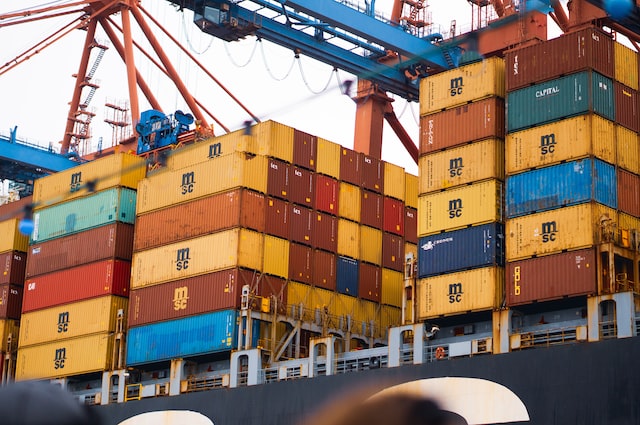
On March 1, 2023, the National Public Service Platform for Standards Information in China released two draft national standards – GB 6944 Classification and Code of Dangerous Goods and GB 12268 List of Dangerous Goods. The two drafts are open for public consultation until May 8, 2023.
You can check details on the national standards and submit comments via the following link:
https://std.samr.gov.cn/gb/search/gbqSuggestionDetail?id=23415AF97EB2D0633DF3D38AF8845B9E
GB 12268 List of Dangerous Goods
The revised GB 12268 will replace GB 12268-2012. Compared with the current version, the revised standard aligns with the Recommendations on the Transport of Dangerous Goods Model Regulations (Rev.22) as well as other regulations and technical standards on the transport of dangerous by road, rail, air, or water (marine).
Major technical changes are as follows:
- The classification and code of dangerous goods has revised (see sections 4.1 of GB 12268, or 4.1, 4.2, and 4.4 of GB 12268-2012);
- The d escription of the scope of dangerous goods listed in the List of dangerous goods has been supplemented (see section 4.2);
- 59 dangerous goods (UN0510-UN0513 and UN 3496-UN 3550) were added (see Table 2 of GB 12268, or Table 1 of GB 12268-2012);
-
The Structure of the dangerous goods list has been modified:
- Column (6) is changed to “UN packing group”;
- Column (8) “limited quantities” has been added;
- Column (9) “Excepted quantities” has been added;
- Column (10) “Packing instructions” has been added;
- Column (11) “Special packing provisions” has been added;
- Column (12) “Portable tank and bulk container instructions” has been added; and
- Column (13) “Special provisions on portable tank and bulk containers” has been added.
- Specific provisions have been revised (see Chapter VI and Appendix A of GB 12268, or 4.6 and Appendix B of GB 12268-2012);
- Instructions on limited quantities have been added (see Chapter VII of GB 12268);
- Instructions on excepted quantities have been added (see Chapter VIII of GB 12268);
- Instructions on general provisions of packaging have been added (see Chapter IX of GB 12268);
- General provisions on portable tanks and bulk containers are added (see Chapter X of GB 12268);
- Generic and “not otherwise specified (N.O.S)” proper shipping names of dangerous goods have been revised (see Appendix B of GB 12268, or Appendix A of GB 12268—2012);
- List of self-reactive substances with packaging has been added (see Appendix C of GB 12268);
- List of organic peroxides has been added (see Appendix D of GB 12268);
- Index has been deleted (see index of GB 12268—2012).
GB 6944Classification and Code of Dangerous Goods
The Classification and code of dangerous goods (GB 6944) guides the rule of class and classification codes on the transport of dangerous goods by road, rail, air, or water (marine).
The revised GB 6944 will replace the current GB 6944-2012. Compared with the current edition, the revised GB 6944 aligns with the Recommendations on the Transport of Dangerous Goods Model Regulations (Rev.22) and the Manual of Tests and Criteria (Rev.7).
Major technical changes are as follows:
- Definitions of fireworks and desensitization under Class 1 Explosives have been added; Classifications based on their hazard properties, specifications on fireworks, and the list of classification of fireworks have been added;
- Definition of absorbed gases under Class 2 Gases have been added; Definitions of asphyxiating gas and oxidizing gas have been added; articles containing Class 2.2 gases that are not subject to GB 6944 have been added; Principles for the classification of gas mixtures have been added;
- Table for calculation of viscosity and flash point for viscous flammable liquids of Class 3 with a flash point below 23°C classified in Packing Group III have been added; rules for the identification of flash-point and initial boiling point have been added;
- The classification and desensitized criteria of self-reactive substances have been added; the classification of self-reactive substances has been updated;
- The desensitization for Class 5 – organic peroxides has been added; organic peroxides that are not included in Class 5.2 have been added, and classification and generic identification of organic peroxides not subject to GB 9644 have been added;
- Class 6.2 the packaging classification principles of dangerous goods have been added;
- Hazard identification principles of Class 9 lithium battery has been added;
- Transport classification principles of samples have been added; and
- Code and naming principles of dangerous goods have been added.
Both standards will take effect 12 months after they are officially published.
If you need any assistance or have any questions, please get in touch with us via service@hfoushi.com.

